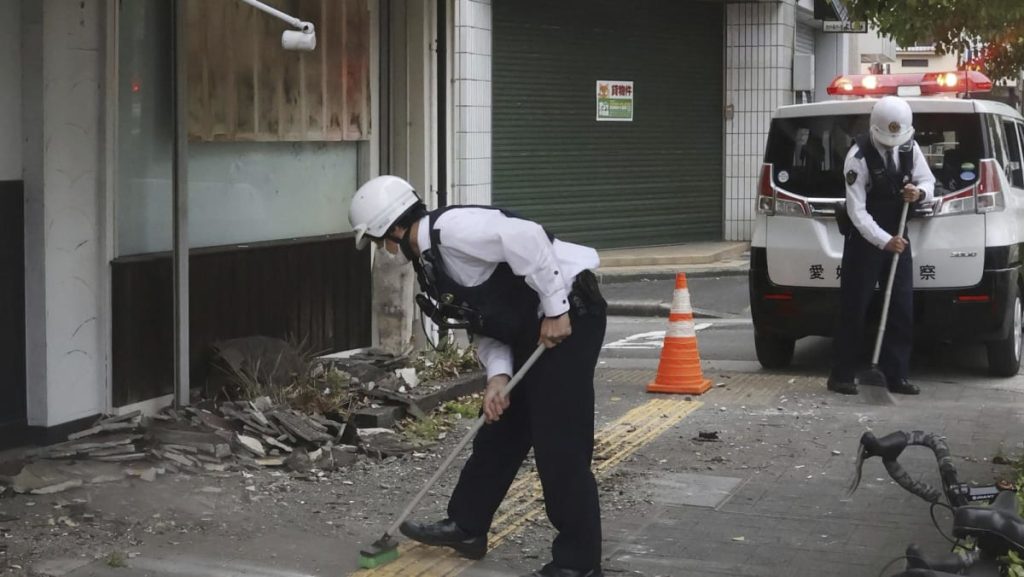In the city of Ozu in Ehime, landslides blocked roads, while falling rocks caused roadblocks in Uwajima city following a late-evening earthquake. The quake startled residents, with one fisherman expressing the intensity of the jolt he experienced. Despite feeling panicked, he noted there was no major damage in his home. Japan is located on four major tectonic plates, making it one of the most seismically active countries in the world.
The country’s largest earthquake on record was a 9.0-magnitude undersea quake in March 2011, leading to a devastating tsunami that resulted in around 18,500 fatalities. The disaster also caused meltdowns at the Fukushima nuclear plant, marking Japan’s worst post-war disaster and the most significant nuclear accident since Chernobyl. Despite stricter building regulations, many structures remain old and vulnerable, particularly in rural areas outside major cities.
The vulnerability of older structures was highlighted by a 7.5-magnitude earthquake on Jan 1, which struck the Noto Peninsula and claimed over 230 lives, primarily due to collapsing buildings. In contrast, the 7.4-magnitude quake in Taiwan on Apr 3 resulted in 16 deaths and over 1,100 injuries. The enforcement of strict building codes and disaster preparedness measures in Taiwan were credited with preventing more significant harm from occurring.
Japan’s history of seismic activity underscores the importance of disaster readiness and infrastructure resilience. The government continues to refine building guidelines and invest in disaster response strategies to mitigate the impact of earthquakes. Public awareness and education about earthquake safety also play a crucial role in reducing casualties and damage. While advances in technology and construction have improved building resilience, the threat of earthquakes remains a persistent challenge for Japan and other seismically active regions.
Efforts to retrofit older buildings and incorporate earthquake-resistant design features are ongoing to enhance overall structural integrity. Disaster response drills and simulations help communities prepare for potential earthquakes and coordinate effective emergency responses. The devastating impact of past earthquakes serves as a stark reminder of the importance of proactive measures to protect lives and property. By prioritizing seismic safety measures and investing in resilient infrastructure, Japan and other earthquake-prone areas can better withstand future seismic events and minimize their consequences.













